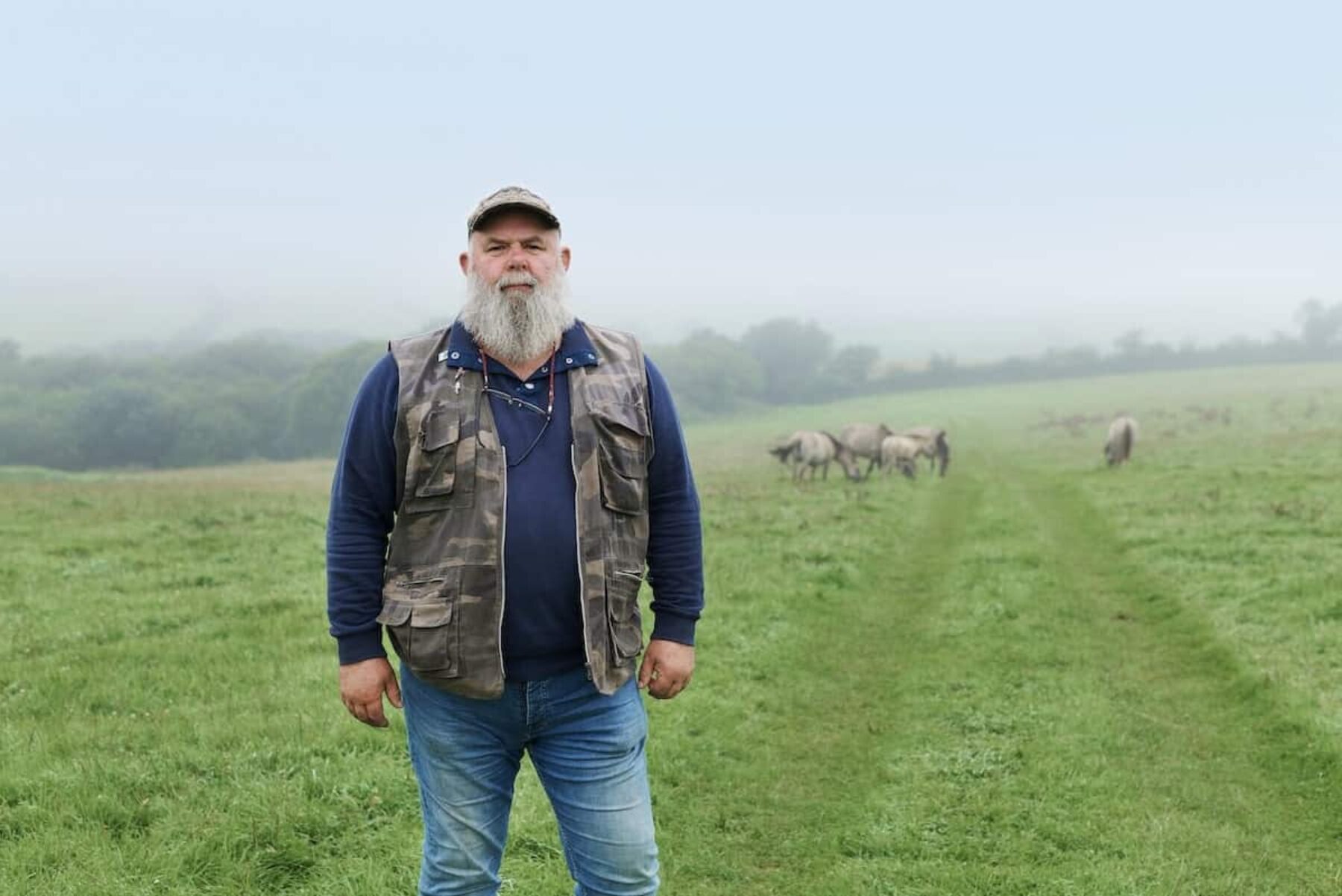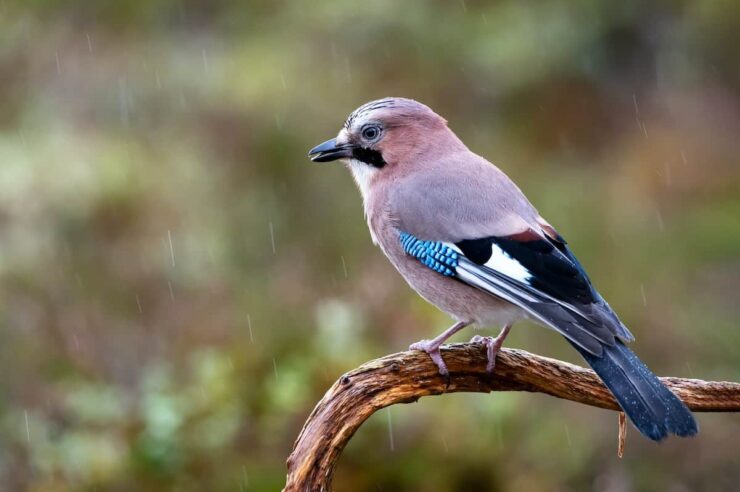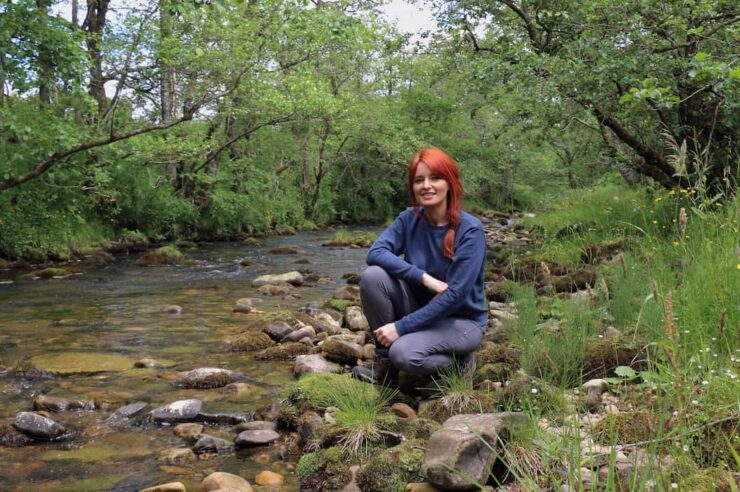Reintroducing lost species into nature-depleted Britain is ‘not a priority’, the government said last week. Enter a growing movement of guerrilla rewilders, who are secretly breeding butterflies, birds and beavers, and illegally releasing them across the country. Are they halting the tide of extinction, or doing more harm than good?
It’s mid-summer when I make my way down an overgrown lane towards Derek Gow’s former farm in the gently rolling hills of the West Country. The drive leads past freshly cut fields dotted with bales of hay, neatly wrapped in black plastic.
Gow’s land wouldn’t have looked so different a few years ago, but today it bears little resemblance to his neighbours’. As we speed off in a mud-splattered off-roader, he points out ponds dug during the previous winter, where he plans to release rare native pool frogs. The surrounding fields are teeming with wildflowers and rough where Iron Age pigs have turned over the soil, making for a bumpy ride. Fording a stream, we startle a trio of wild Konik ponies, sending them galloping across the hills.
“You get an idea what we’re heading for here,” Gow shouts over the roar of the engine, his bushy white beard in perfect harmony with the returning wilderness. “Every year it’s changing.”
Gow’s efforts to return this former sheep farm to a haven of biodiversity have made him a poster child of the broader rewilding movement. But his real passion lies in bringing back lost species – the animals and plants that were once thriving in Britain but, over centuries of hunting, intensive farming and countless other human interventions, have been erased from the landscape.
He’s played a pivotal role in restoring species like water voles, white storks and – perhaps most famously – Eurasian beavers to England, stoking plenty of controversy along the way. He breeds glowworms, harvest mice and turtle doves, too.
“The reality was that, when we were farming here, we killed everything,” he says. “We’re not going to change the world by doing what we do [now]. But we’re going to set an example of how it can be done.”
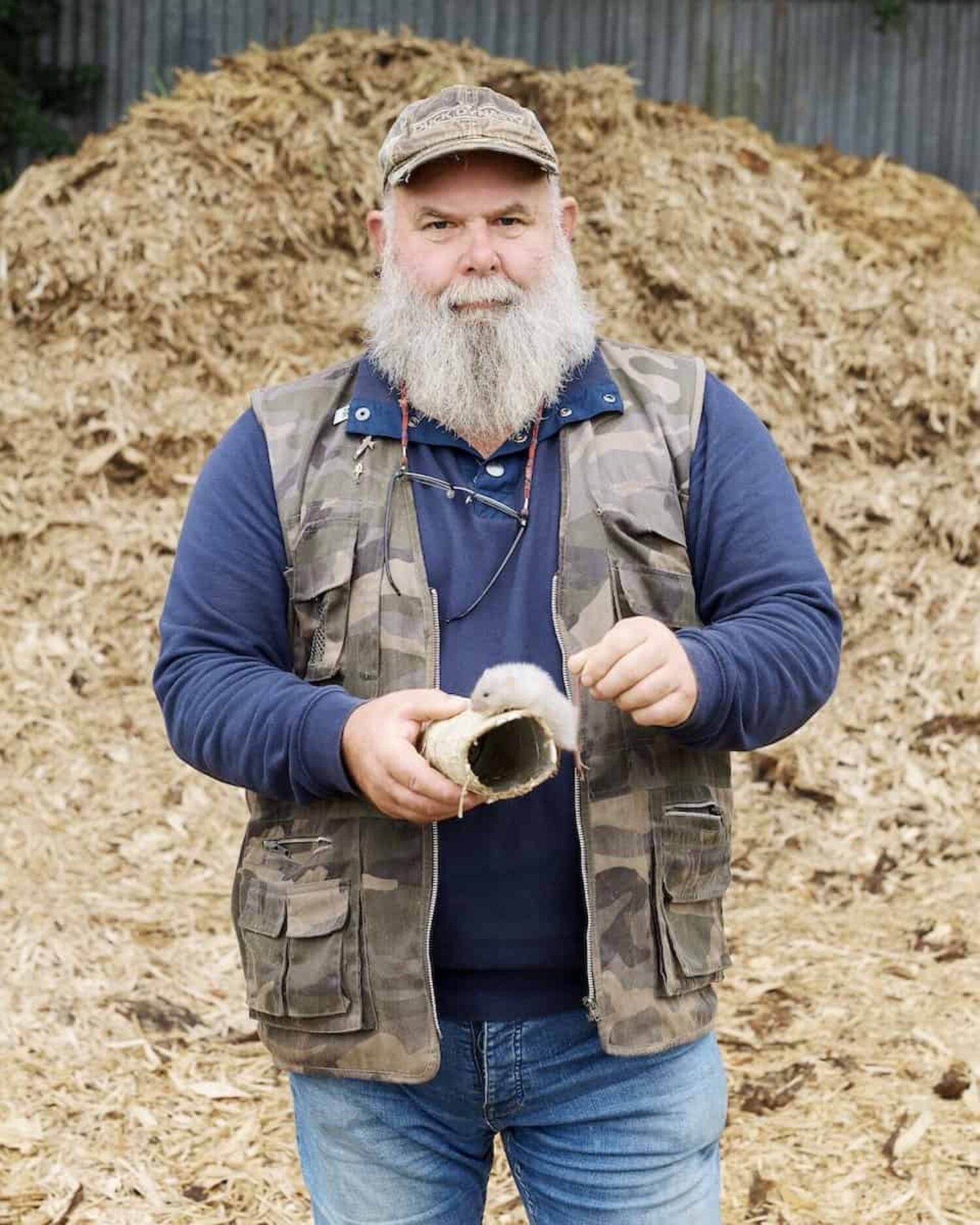
Gow with a rare albino water vole he bred for release. Image: James Bannister
His latest project: wildcats, which he hopes will soon again prowl the woods of Devon, just as they did more than 100 years ago. He and the local wildlife trust are in the middle of a feasibility study to show that the animals, whose only wild population in Britain is now found in the Highlands of Scotland, can coexist peacefully in the south of England.
“We never had any right to ensure that things like [wildcats] should not be here,” Gow says. “It’s a process of restoring a past wrong.”
The radicalisation of the rewilders
Plenty of others have reached the same conclusion – but are done with doing things by the book. As rewilding has turned from a niche interest into a cultural phenomenon, the worsening biodiversity crisis has radicalised a growing group of ‘guerrilla rewilders’ who refuse to play by the rules, concerned by the rapid decline of nature in Britain and outraged by the government’s lack of action (last week it confirmed that bringing back lost species is “not a priority”).
Hundreds of native plants and animals have vanished over the past two centuries alone in Britain. Recent analysis by researchers found that one in six of Britain’s surviving species is now threatened with extinction. A study by the Natural History Museum put the UK in the bottom 10 per cent of the world’s countries when it comes to biodiversity intactness.
“For me, it’s a passion for wildlife,” says Simon (not his real name), who used to be involved in conservation work and now secretly breeds rare native species for illegal releases. He tells me he’s moved beavers up and down the country, likely aiding their recent spread to a growing number of rivers from Devon to Wiltshire and Kent. He also releases pine martens and is currently preparing to set free a brood of white storks. As he sees it, the current system for conservation translocations – which includes restoring or reinforcing populations in their native range, as well as introducing them to new habitats – is far too onerous and restrictive. “It’s easier just to crack on with it,” he tells me.
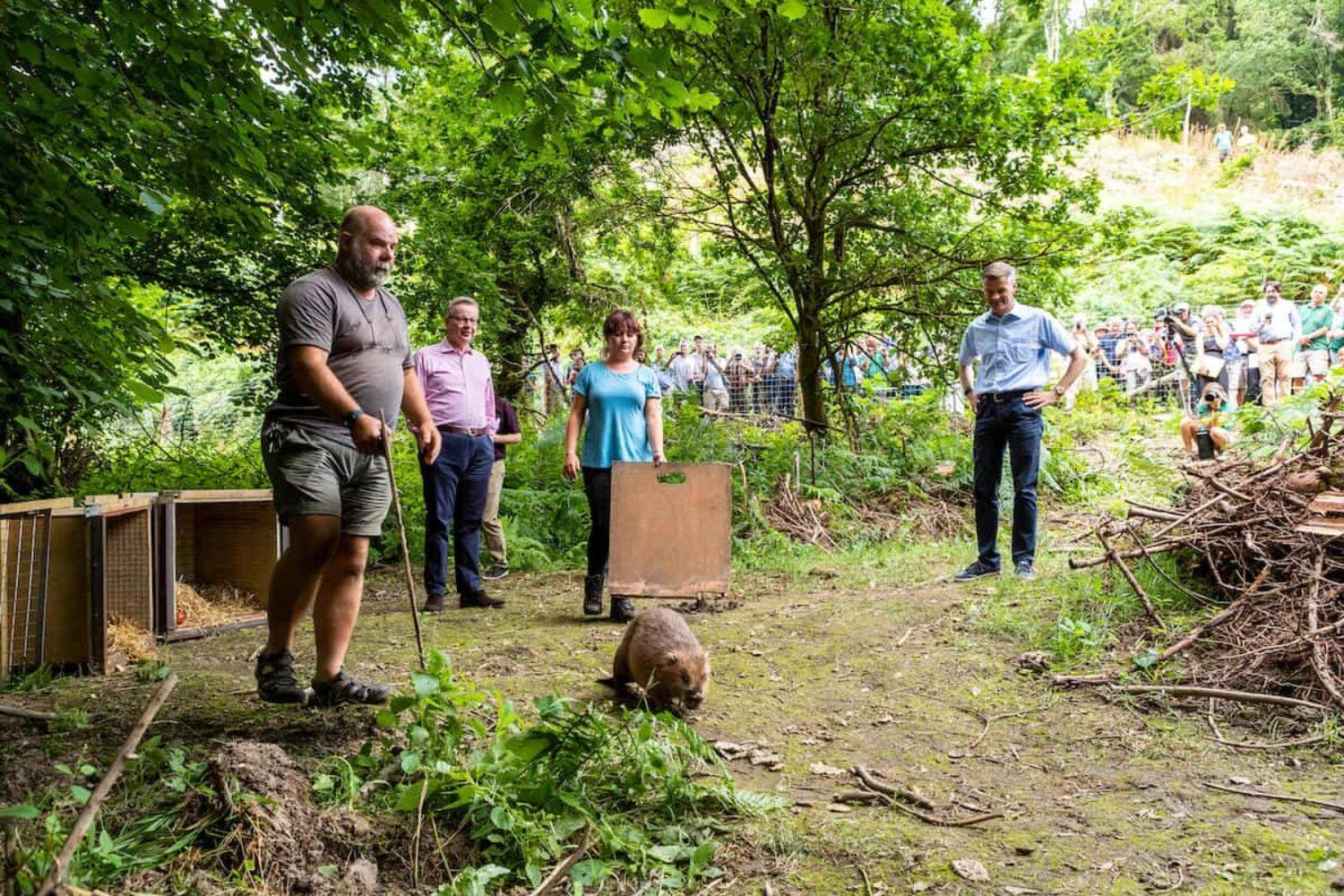
Gow releases beavers in the Forest of Dean with then environment secretary Michael Gove. Image: David Broadbent
Guerrilla rewilding has not only drawn the ire of typical opponents of species releases, like farmers, but also faces strong criticism from established conservation groups and many ecologists. They warn that guerrilla rewilders like Simon risk spreading diseases and altering fragile ecosystems. They also fear that setting free controversial species, like beavers, will simply get the animals killed and further polarise the debate over nature restoration.
It may well end in tears,” says Alastair Driver, a former head of conservation in the Environment Agency and now director of campaign group Rewilding Britain. “We’ve got to win people over.”
In England, you have to apply for a licence to release any species no longer present in the wild, from the Eurasian elk, which died out in the 13th century, to the short-haired bumblebee, declared extinct in 2000. The same goes for a number of native species that have already been reintroduced, but which the government says could cause conflict or be compromised by “poorly planned” releases, such as barn owls, wild boar, red kites and white-tailed eagles. (The same technically applies to beavers but the government outlawed their release, except into enclosures, in August 2020 pending a national management strategy.)
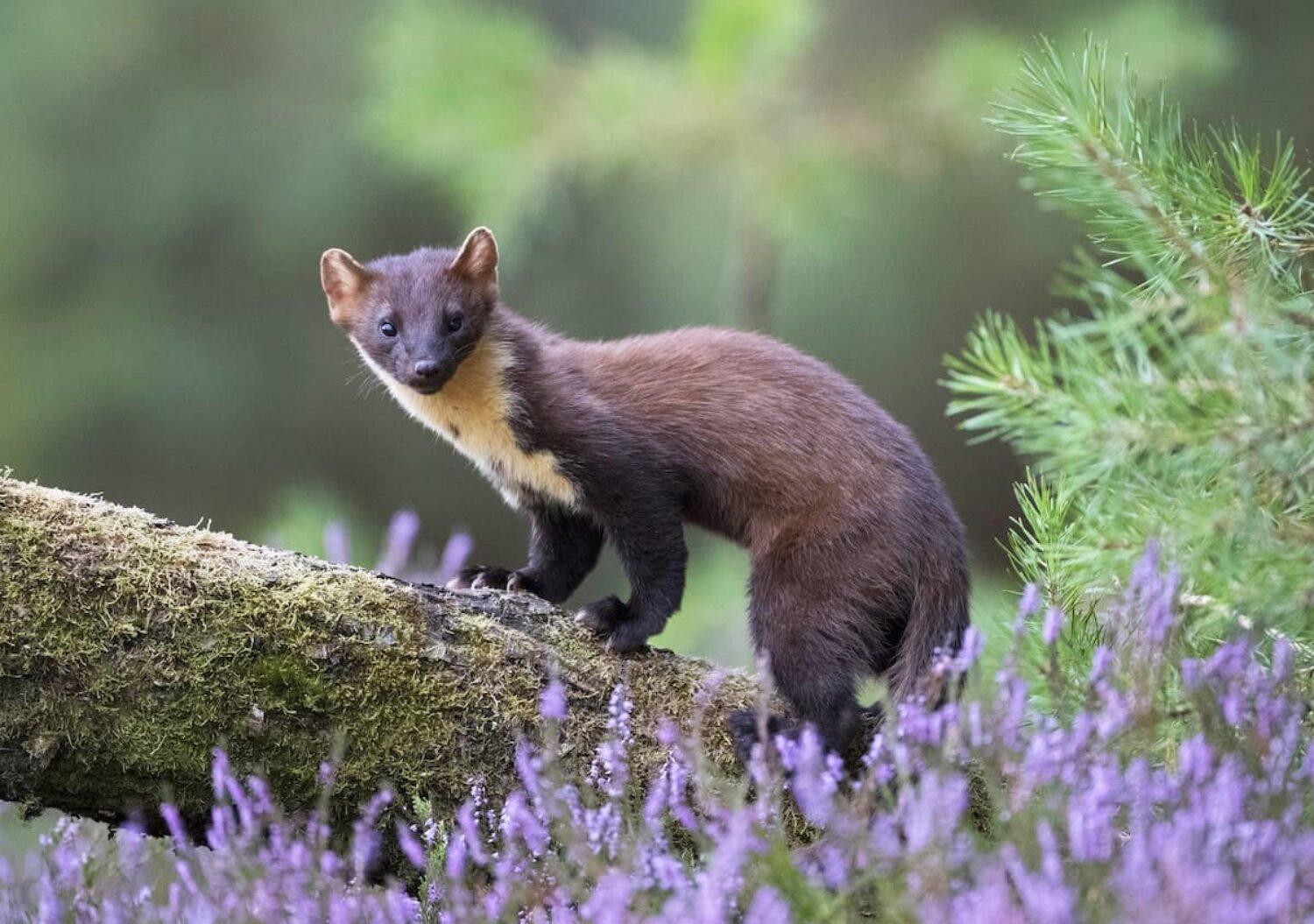
The pine marten became virtually extinct in England, but things are now looking up. Image: Richard McManus
A licence is also required to capture, possess or transport a long list of protected species, from pine martens and pool frogs to dozens of butterflies. Anyone considering a sanctioned release has to navigate a patchwork of laws – with separate codes applying in Wales, Scotland and Northern Ireland – and prepare for a costly process to comply with extensive guidelines on planning, consultations and monitoring.
“I think anyone involved in these things would be much happier to do it legitimately. But it’s made almost impossible by government to do so,” says Ben Goldsmith, a financier and environmentalist who has long supported rewilders like Gow, including financially, and has wild beavers on his own land in Somerset.
A wildly unambitious government
The government has now set a target to halt the decline in species abundance by 2030 and then grow it by 10 per cent over the following 12 years. Environmental groups say this is far too unambitious and Natural England’s own chair has warned that current efforts will mean that even these modest targets will likely be missed.
Thérèse Coffey, the environment secretary, has ruled out reintroducing more species, least of all lynx and wolves, which are the holy grail for many rewilders. Speaking to a House of Commons committee last week, she said: “Species reintroduction ain’t one of my top priorities and therefore we’ve stepped back away from that.”
Coffey has few fans among environmentalists but Driver, for one, is optimistic that the tide on species reintroductions could quickly shift with the next ministerial changeover. He also points out that myriad licensed introductions are underway in the meantime.
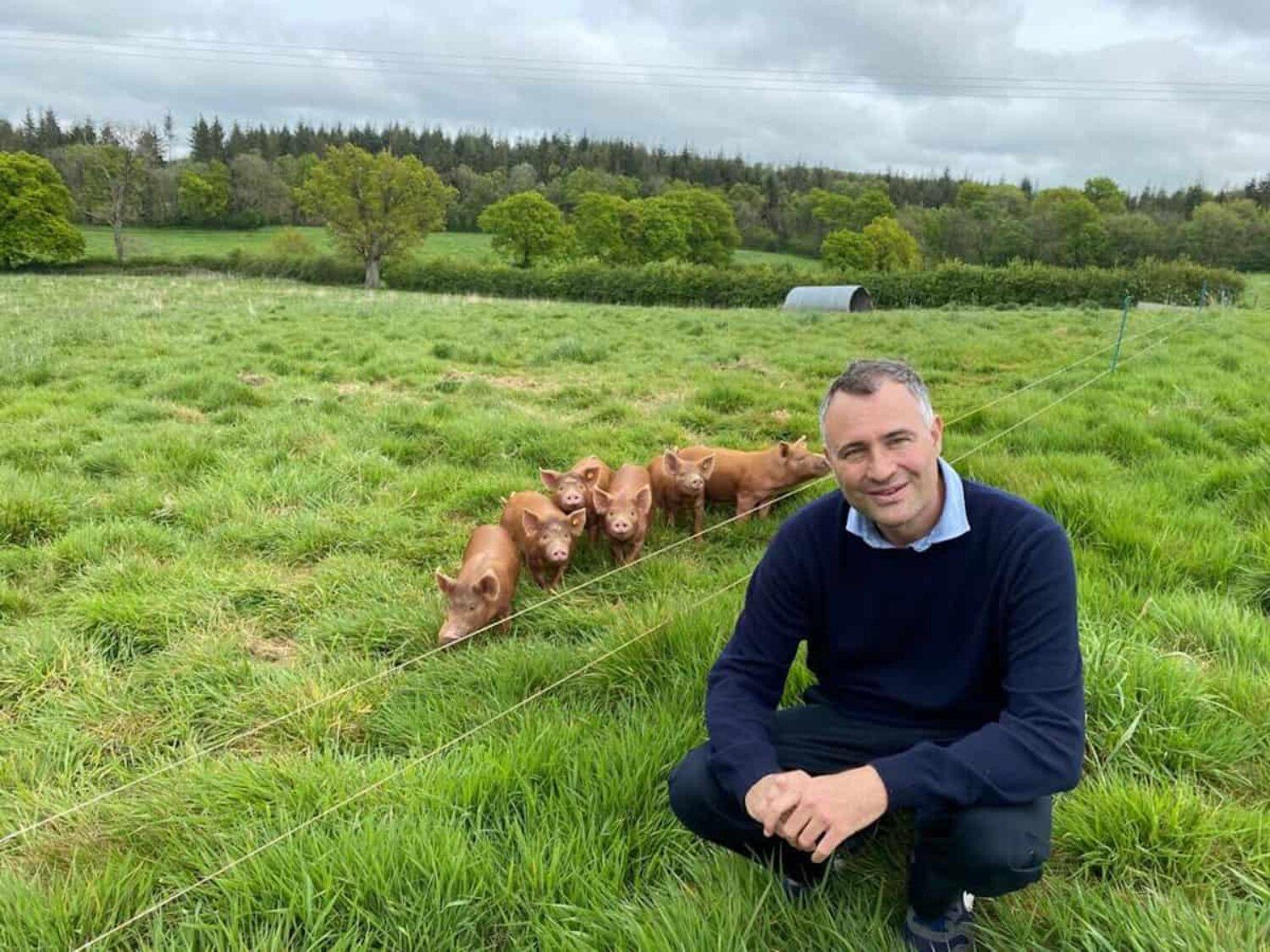
Farmer and environmentalists Ben Goldsmith with his Tamworth pigs
Still, others argue that this is just a fraction of what needs to be done, and there’s no time to waste. “People are getting pretty fed up with this lack of ambition. That’s why [covert releases] are happening all over the place,” Goldsmith says.
It’s hard to quantify how many unlicensed releases are taking place. But speaking to guerrilla rewilders, they proudly take credit for the wild boar now roaming the woods of southern Scotland and the western Highlands, as well as pine martens that, after decades on the brink of extinction, are now successfully breeding in the New Forest and have popped up on the outskirts of London. Others have owned up to releasing polecats and sand lizards, glowworms and butterflies.
It’s not an entirely new thing, either: goshawks were once hunted to extinction but are now green-listed and found across the country due to rogue releases in the 1960s.
Bringing back the beaver
And then there are the beavers. While an official trial brought them back to western Scotland starting in 2009, others mysteriously turned up further east on the River Tay – now widely acknowledged to be the result of unofficial releases. A few years later, beavers appeared on the River Otter in Devon and, despite an initial government plan to remove them, were eventually allowed to stay. The species is now protected in both England and Scotland, although the latter lets landowners kill dozens each year. In the meantime, more illegal releases have helped establish additional populations across the country.
Once you get a pair of beavers on to a new river system, they only take a few years to establish, Simon tells me, rattling off a list of waterways across southern England that he claims are being “strategically worked on” by guerrilla rewilders. That’s not without risk: in England, releasing a beaver into the wild without a licence is punishable by up to six months in prison and an unlimited fine.
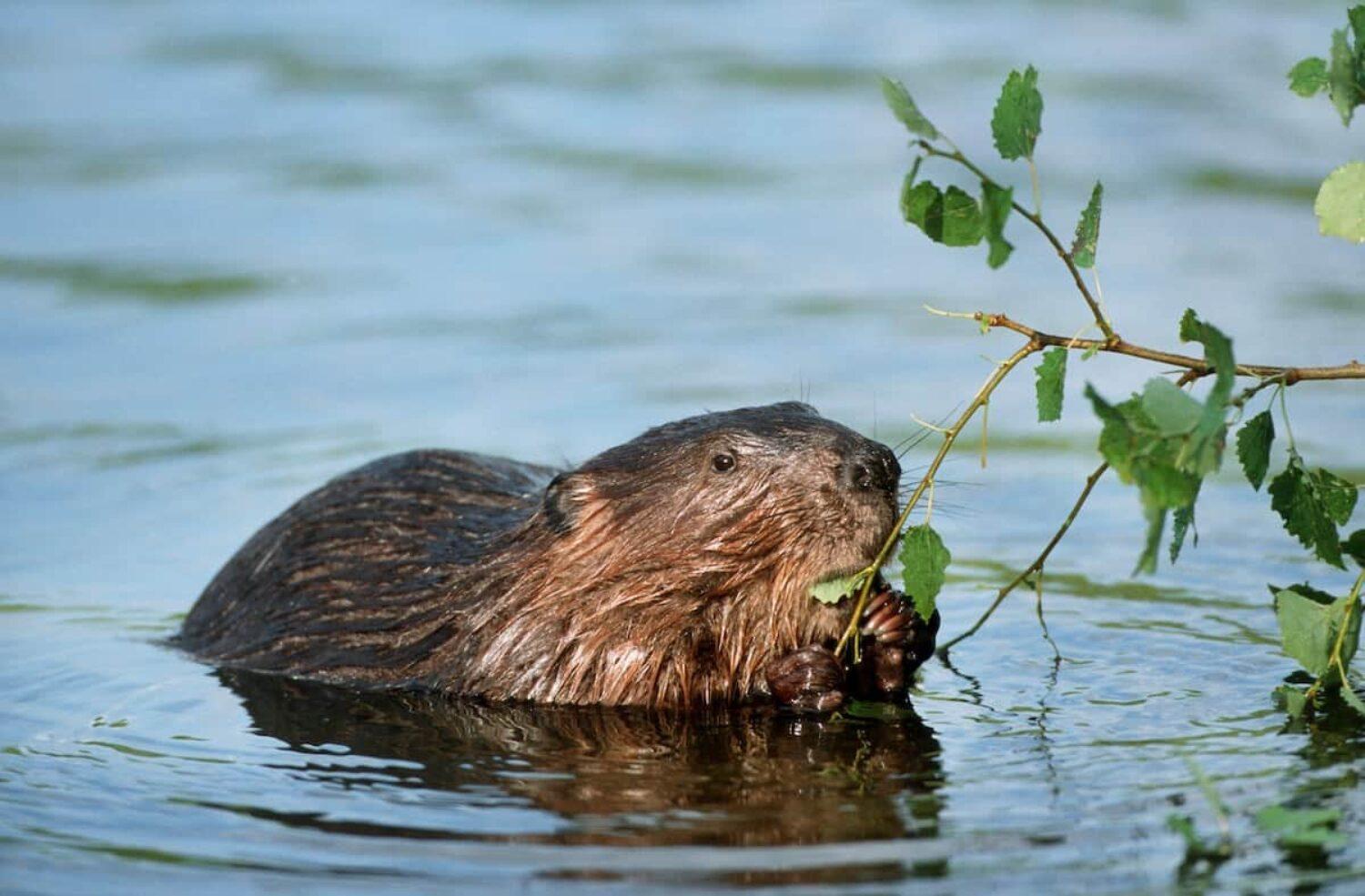
The return of the beaver is thanks in part to guerrilla rewilders. Image: Arterra
While beavers are celebrated as ecosystem engineers, creating new habitats for a host of wildlife species, reducing flooding and sequestering carbon, their return has also sparked considerable opposition, particularly from farmers.
Robert Goodwill, a farmer and Conservative chair of the cross-party parliamentary committee on species reintroductions, published a report this summer asking the government to overhaul the current “overly bureaucratic” system. He says he’s not opposed to reintroductions – and can even see a case for lynx, which could help control badgers and foxes. But he wants management plans in place before any more animals return, giving landowners more rights to control them if necessary. It also called for a review of beavers’ protected status and a compensation scheme for landowners.
“We need a plan. At the moment, people are releasing them without thinking through the consequences,” he says. “I think it’s very irresponsible.”
We never had any right to ensure that wildcats should not be here. It’s a process of restoring a past wrong
For many ecologists, unlicensed releases raise plenty of red flags. The biggest is introducing diseases, says Katie Beckmann, a lecturer in wildlife health at the University of Edinburgh. While mostly a concern in cross-border translocations, she says this can also occur when captive animals are released into the wild after coming into contact with exotic species.
“You’re not just moving the animal, but you’re moving its whole complement of parasites and viruses and bacteria with it,” Beckmann says.
Releasing species illegally also muddies the waters for scientists tracking species abundance, says Sarah Dalrymple, a reader in conservation ecology at Liverpool John Moores University. Dalrymple is a member of the specialist group for conservation translocations at the International Union for Conservation of Nature, and also sits on a new taskforce advising the UK government on the issue. She would love to bring together the old-guard conservationists who still treat species reintroductions as a radical last resort and the guerrilla rewilders operating outside the law.
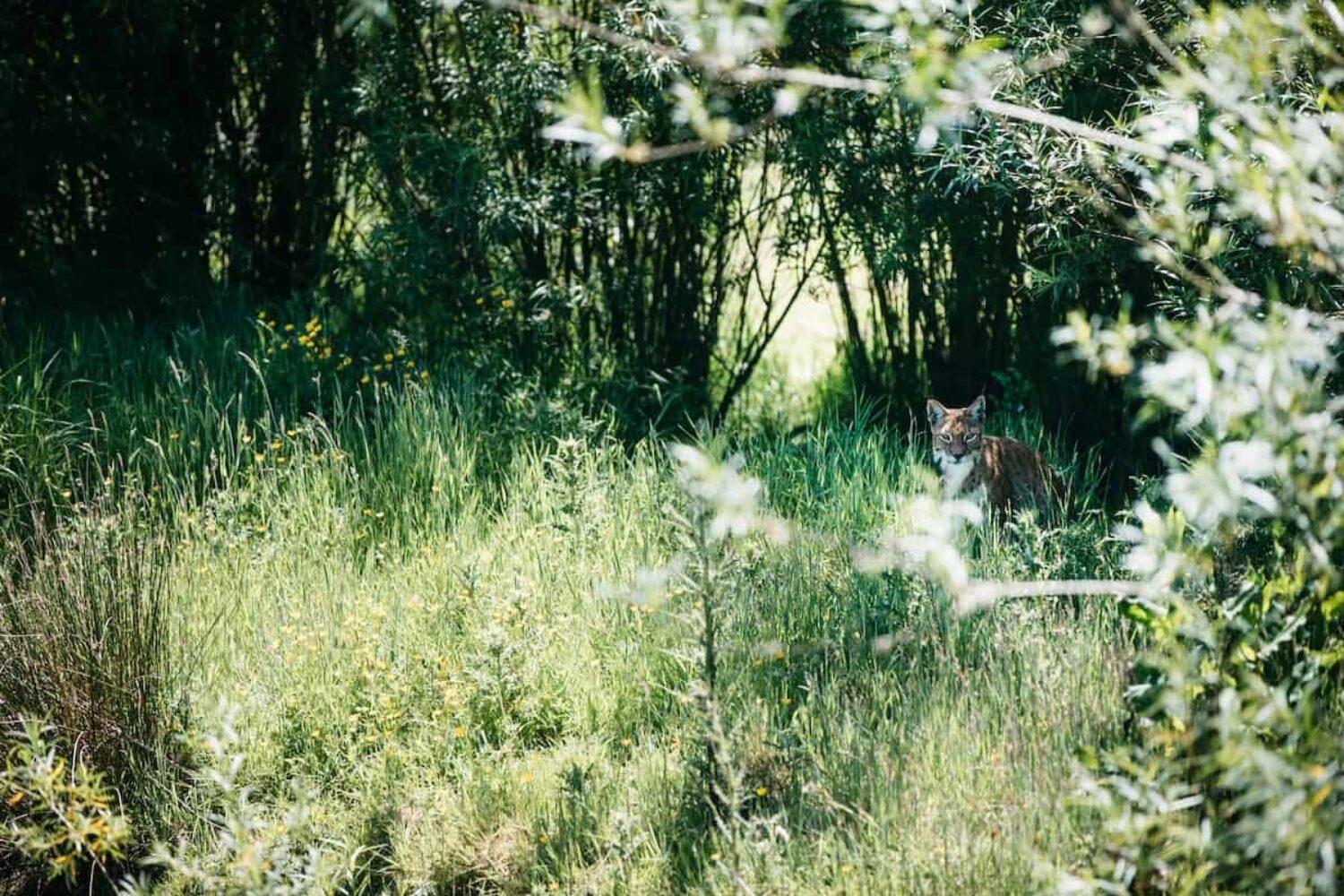
One of three lynxes that live in a large enclosure on Gow’s farm. Image: Alex Turner
“If you drive it underground, then it becomes less well considered, less well resourced, less well monitored,” Dalrymple says.
She hopes that the taskforce will be able to address some of the frustrations of the current system, for example by creating a central hub of information on reintroductions. This would spell out which species can be released and how to go about it. The Commons committee also asked the government to clarify which species the government supports for reintroductions by January 2024, and to draw up clear target dates for biodiversity gains, which could boost official releases.
Given its lacklustre response, Dalrymple can’t help but sympathise with guerrilla rewilders – at least to some degree. “The status quo is that we’re monitoring things into extinction,” she says. “There’s also a risk in inaction, and that’s becoming clearer to a lot of people.”
People are getting pretty fed up with the lack of government ambition. That’s why covert releases are happening
Back on his former farm, Gow emphasises that he’d like to go about the wildcat reintroduction the proper way, finishing the feasibility study and consulting with local communities to minimise conflict. But he’s also upfront about the fact that his 13 kittens will have to go somewhere eventually. Since they are captive-bred and, unlike wolves or lynx, not classed as dangerous wild animals, he points out that he doesn’t need a licence to release them.
“We’d like to do it [by the book]. But there’s not really going to be a lot of delay involved in this,” he says. “It’s just a little animal and it’s just something we need to do.”
After we talk, I make my way to a quiet corner of the farm where the wildcats are kept in outdoor enclosures. In the thicket of hip-high grasses and uprooted tree trunks, I spot one of the cats lying on a stump, lazily licking its paws. After a few seconds it gets up, showing off black stripes and a bushy tail. Then it quickly turns and slips out of sight.
Main image: James Bannister
You’re the solution that Positive News needs
Our small, dedicated team is passionate about building a better alternative to the negative news media. And there’s never been a greater urgency to our mission.
But to invest in producing all the solutions journalism that the world is longing for, we need funding. And because we work in your interests – not those of a wealthy media mogul or corporate owner – we’re asking readers like you to get behind our team, by making a regular contribution as a Positive News supporter.
Give once from just £1, or join 1,200+ others who contribute an average of £3 or more per month.
Join our community today, and together, we’ll change the news for good.
